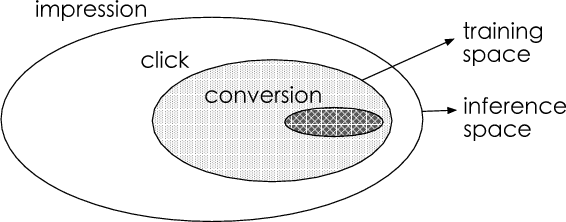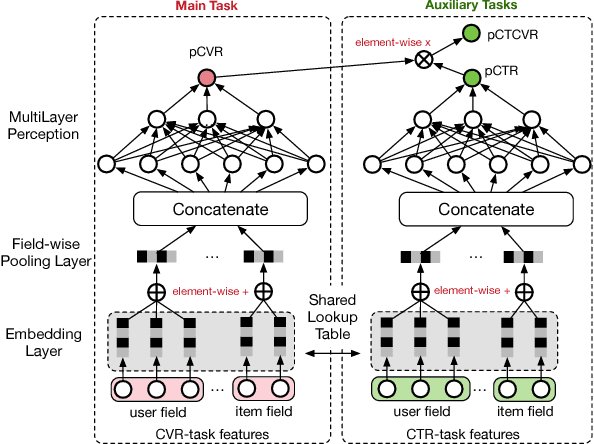Zelin Hu
Joint Range-Velocity-Azimuth Estimation for OFDM-Based Integrated Sensing and Communication
Dec 20, 2023



Abstract:Orthogonal frequency division multiplexing (OFDM)-based integrated sensing and communication (ISAC) is promising for future sixth-generation mobile communication systems. Existing works focus on the joint estimation of the targets' range and velocity for OFDM-based ISAC systems. In contrast, this paper studies the three-dimensional joint estimation (3DJE) of range, velocity, and azimuth for OFDM-based ISAC systems with multiple receive antennas. First, we establish the signal model and derive the Cramer-Rao bounds (CRBs) on the 3DJE. Furthermore, an auto-paired super-resolution 3DJE algorithm is proposed by exploiting the reconstructed observation sub-signal's translational invariance property in the time, frequency, and space domains. Finally, with the 5G New Radio parameter setup, simulation results show that the proposed algorithm achieves better estimation performance and its root mean square error is closer to the root of CRBs than existing methods.
Image Matters: Visually modeling user behaviors using Advanced Model Server
Sep 04, 2018



Abstract:In Taobao, the largest e-commerce platform in China, billions of items are provided and typically displayed with their images. For better user experience and business effectiveness, Click Through Rate (CTR) prediction in online advertising system exploits abundant user historical behaviors to identify whether a user is interested in a candidate ad. Enhancing behavior representations with user behavior images will help understand user's visual preference and improve the accuracy of CTR prediction greatly. So we propose to model user preference jointly with user behavior ID features and behavior images. However, training with user behavior images brings tens to hundreds of images in one sample, giving rise to a great challenge in both communication and computation. To handle these challenges, we propose a novel and efficient distributed machine learning paradigm called Advanced Model Server (AMS). With the well known Parameter Server (PS) framework, each server node handles a separate part of parameters and updates them independently. AMS goes beyond this and is designed to be capable of learning a unified image descriptor model shared by all server nodes which embeds large images into low dimensional high level features before transmitting images to worker nodes. AMS thus dramatically reduces the communication load and enables the arduous joint training process. Based on AMS, the methods of effectively combining the images and ID features are carefully studied, and then we propose a Deep Image CTR Model. Our approach is shown to achieve significant improvements in both online and offline evaluations, and has been deployed in Taobao display advertising system serving the main traffic.
Entire Space Multi-Task Model: An Effective Approach for Estimating Post-Click Conversion Rate
Apr 24, 2018



Abstract:Estimating post-click conversion rate (CVR) accurately is crucial for ranking systems in industrial applications such as recommendation and advertising. Conventional CVR modeling applies popular deep learning methods and achieves state-of-the-art performance. However it encounters several task-specific problems in practice, making CVR modeling challenging. For example, conventional CVR models are trained with samples of clicked impressions while utilized to make inference on the entire space with samples of all impressions. This causes a sample selection bias problem. Besides, there exists an extreme data sparsity problem, making the model fitting rather difficult. In this paper, we model CVR in a brand-new perspective by making good use of sequential pattern of user actions, i.e., impression -> click -> conversion. The proposed Entire Space Multi-task Model (ESMM) can eliminate the two problems simultaneously by i) modeling CVR directly over the entire space, ii) employing a feature representation transfer learning strategy. Experiments on dataset gathered from Taobao's recommender system demonstrate that ESMM significantly outperforms competitive methods. We also release a sampling version of this dataset to enable future research. To the best of our knowledge, this is the first public dataset which contains samples with sequential dependence of click and conversion labels for CVR modeling.
 Add to Chrome
Add to Chrome Add to Firefox
Add to Firefox Add to Edge
Add to Edge